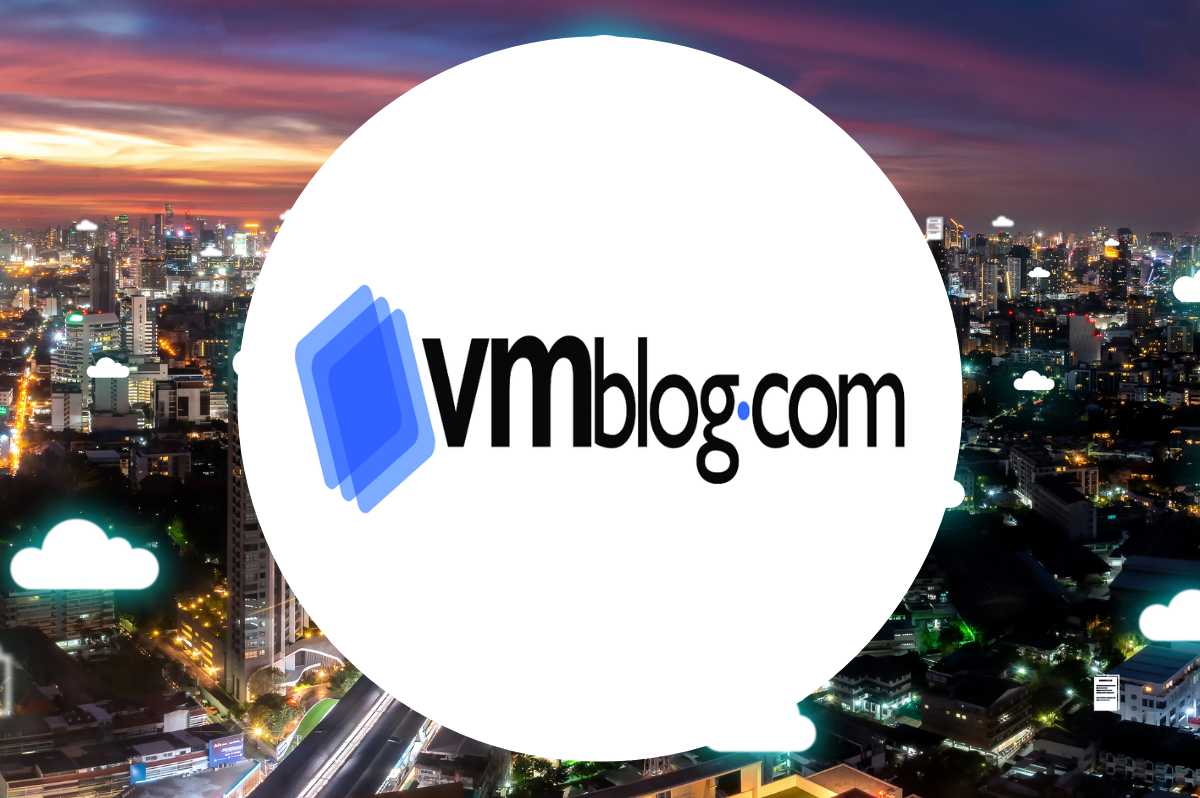Handling Network Security in Today’s Highly Decentralized Organizations – Part 2: Cloud Solutions & Network Risk

The Business of Network Risk Assessment
Classical port security is not always understood. Originally it involved the equipment and particularly computers within the physical perimeter. At that point, NAC came into play if someone penetrated the network from a physical port, on-premise. This all changed in the last 15 years, when enterprise mobility and digital transformation took over and assessing network risk became paramount.
These required different levels of authentication to fit the different devices, including managed devices (company owned), unmanaged devices (where Bring Your Own Device – BYOD policies are at play) and IoT devices. The homogenous ways of the old made way for the heterogeneous reality of the new, turning device and port security into the business of network risk assessment.
Network risk assessment and full network visibility are the virtual doormen at the party who will allow the organization’s invitees to enter. Instead of naïvely allowing anyone to access the network, there should be a continuous and automated system performing risk-profiling and allowing full visibility of everything on the network.
Where traditional, on premise NAC is limited to a few actions and parameters that do not reflect the complexities outlined above and in part 1 of this blog, a robust NAC solution should be able to scan all access layers and all endpoints for all users. Once this is achieved, continuous endpoint risk assessment becomes a reality, providing a wider solution that is required for today’s complex networks and decentralized organizations.
802.1X, Network Risk & Security Projects
In today’s 24/7 hyper news cycle, we are constantly learning of new data breaches, costly malware attacks and the need to have solid network security solutions. 802.1X, the trusted authentication protocol used for Network Access Control (NAC) solutions, was initially considered a success when implemented on wired networks, within the framework of a traditional, on-premise solution. However, later on, as more companies became decentralized and shifted to wireless networks and VPNs, traditional on-premise 802.1X solutions no longer fit the bill.
Unfortunately , many companies were burnt by these on-prem 802.1X NAC projects. True, the protocol itself is extremely trustworthy, however, with most solutions there seems to be a never-ending patching and configuration job going on. That’s assuming they have completed the labor intensive and expensive deployment that in many cases, includes moving a lot of equipment around. If this is a decentralized organization, such as a multi-national company with many access points, each location will require a way to protect all endpoints and company assets. In some cases, this could become costly and create a lack of cohesiveness within the organization.
To solve these and many of the challenges discussed in part 1, lighter, adaptable and agile solutions have become necessary in the new reality. Organizations must transition into using easier NAC solutions such as NAC delivered from the cloud and Software-as-a-Service. Among other attributes, a SaaS delivery model will save time and money on deployment, training and implementation, while at the same time providing the agility, visibility and accuracy needed to handle today’s complex and multi component networks.
Next-gen solutions offered as-a-Service are able to cope fully with today’s decentralized organizations and the on-prem 802.1X solutions can no longer suffice. Thankfully, there is such a solution. While it provides robust coverage, it is easy to implement in a few simple steps, the first of which is an easy software download.
NAC Solutions Delivered as-a-Service from the Cloud
Using a next-gen 802.1X cloud solution will allow organizations of any size and with any number of geo-locations to gain full visibility of all endpoints on the network, regardless of what the access layer is or which type of device is being used (company issued, BYOD, IoT, etc.). 802.1X is one of the most secure ways to authenticate devices connecting to the network because it is based on set protocols and a verified standard.
While other authentication methods may simplify the implementation and management, as of now there are very few solutions that can match the security and strength of 802.1X authentication on all VPNs, wired and wireless networks.
For those concerned with the notion of having security provided from the cloud, it should be noted that according to Gartner’s research, “by 2023, 80% of enterprises will adopt two or more cloud-based security services”. As more companies become decentralized, we believe that more of them will adopt security services delivered from the cloud.
Try Portnox Cloud for Free Today
Gain access to all of Portnox's powerful zero trust access control free capabilities for 30 days!






